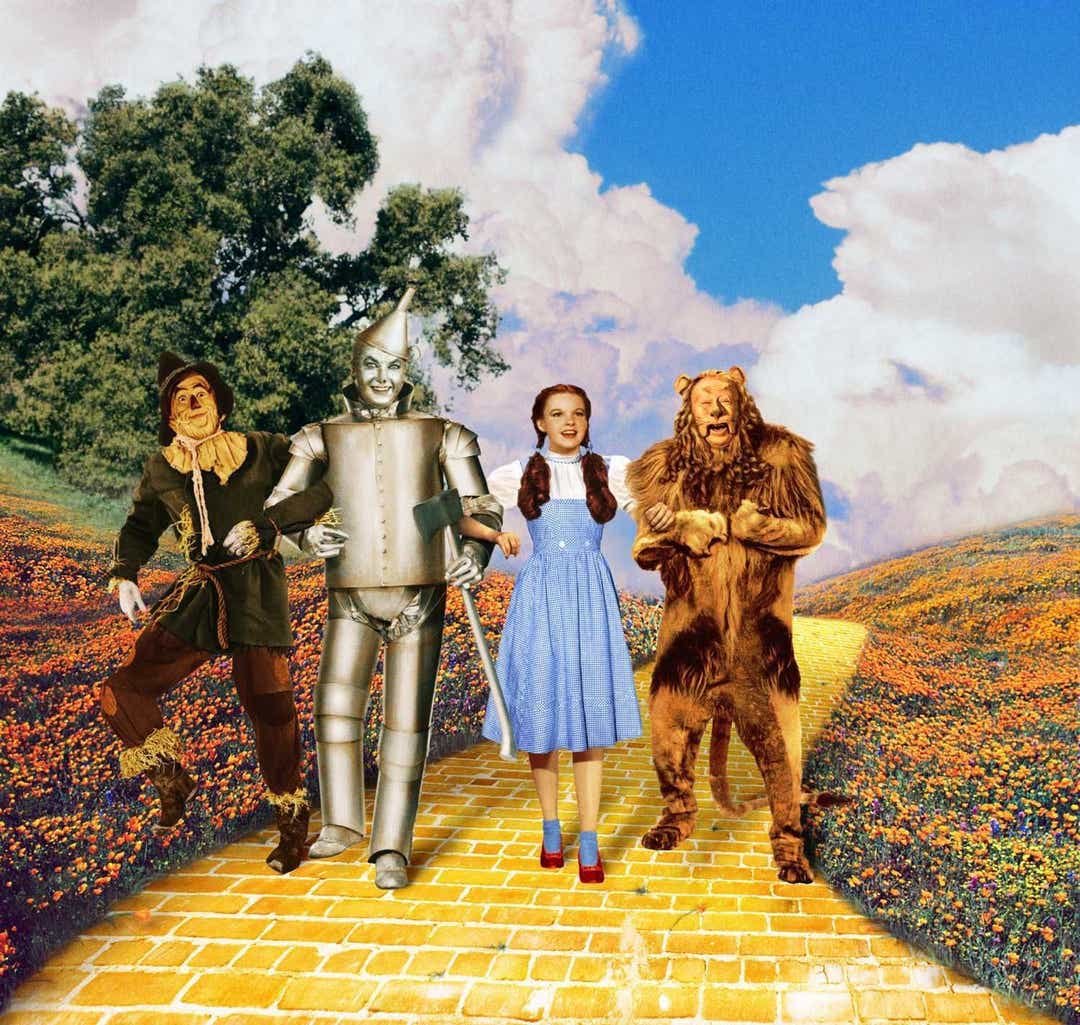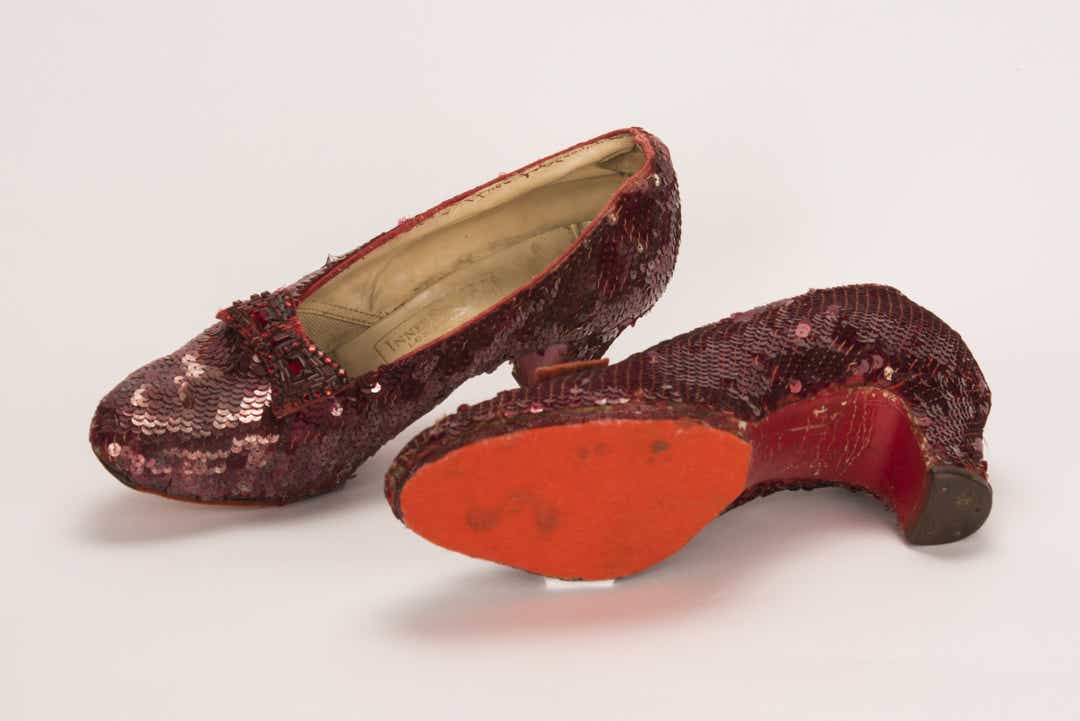Kelly Horan, host of Last Seen podcast about the Gardner Art Heist, reveals the tragic loss of the Gardner art can be compared to the tragic loss of the infant son of Isabella Stewart Gardner.
It is universally agreed that there is a desperate need to recover the Gardner art, however, until now no-one has offered practial solutions.
The Turbo Plan offers a solution going forward with the Gardner Art Reward Price List and Change .org petition:
https://www.change.org/p/let-s-bring-home-the-stolen-isabella-stewart-gardner-museum-art-a-new-approach?recruiter=886928978&utm_source=share_petition&utm_medium=copylink&utm_campaign=share_petition
Isabella Left This Art In Our Care —
'We Need To Get Them Back'
When
I was given the assignment to delve into the story behind the theft of
13 treasures from the Isabella Stewart Gardner Museum — how did it
happen, and why hasn’t it been solved — I knew that my charge would be a
complicated one.
I had no idea.
Working
with the Globe and my WBUR colleagues on a podcast about the crime, I
met mobsters and con men, wily defense lawyers and frustrated former
agents. I bounced between Dorchester and Ireland, the Fenway and New
York. I spent countless hours with the museum’s head of security, a man
whose every waking moment — his voice, his face, his somber demeanor —
is made heavy by his obsession with finding the stolen works.
I
basked in the live-wire glow of Anne Hawley, the brilliant and elegant
former museum director, who sized up the loss of the most valuable
paintings with a few unfathomable questions: What if we could never
listen to Beethoven’s Fifth Symphony again, or hear Louis Armstrong, or
see “Hamlet” performed? Such is the meaning of these missing Rembrandts,
the Vermeer and the Manet.
But the
most captivating person connected to the largest unsolved art heist in
history, someone whose presence I’ve felt every day of this endeavor, is
neither a suspect nor a detective. It’s Isabella Stewart Gardner
herself.
The French have a term for
the descriptive text left in place of art that has been stolen: fantôme.
As in, phantom. As in, the ghost of art now gone. Mrs. Gardner knew
loss, deep abiding loss, all too well. Which is what makes this robbery,
this fantôme, all the more wrenching. To understand Mrs. Gardner, as
she is still called at the museum, is to understand what was truly lost
on that March night 28 years ago.
Mrs.
Gardner was not an unsung presence in the Boston of the late 1800s. She
was wealthy, insatiably curious and the life of every party. But I
learned that before she was christened “one of the seven wonders of
Boston,” before she was described as a “flamelike incarnation of vigor
and life” in the thrilling portrait of her by the Swedish painter Anders
Zorn, she was nearly done in by death.

Gardner
lost her only child, a son she called Jackie, before he was 2 years
old. It was the heartbreak of her life. In a photograph that I find
harder to look at than any of the museum’s empty frames, Gardner stands
behind her sitting baby, holding him up. Jackie looks straight ahead.
Gardner smiles into the back of the boy’s downy head. You can
practically see her inhaling his perfect baby scent.
In
1867, two years after their son’s death and on doctor’s orders, a wan
and bereft Gardner boarded a steamer ship with her husband, John Lowell
“Jack” Gardner. Destination: Northern Europe. Travel healed. Beauty
redeemed. And every couple of years, they did it again, abandoned Boston
for wilder shores and life-affirming art. Angkor Wat. The Nile. Venice.
Nothing could bring back a lost baby, but there he seemed to be, in the
face of the Christ child in Francisco de Zurbarán’s "The Virgin of
Mercy." Gardner bought that painting 23 years after Jackie’s death; she
never stopped looking for him.
I don’t
claim that every piece in Gardner’s vast collection was somehow
connected to her recollected son. Hunting after masterpieces — the
thrill of the chase, the ecstasy of possession — became her abiding
passion. “I suppose the picture-habit (which I seem to have) is as bad
as the morphine or the whiskey one — and it does cost,” she wrote to her
collector in Europe in 1896, as she awaited delivery of Titian’s
quivering, poignant Rape of Europa, for which she paid a record price of
20,000 pounds. (The Gardner thieves, blessedly, passed on this vast
masterwork.)
But
the whole of it — the books and tapestries and paintings and
sculptures, the Venetian palace she created in which to showcase it —
all of it was her bid to vanquish mortality. Death had claimed her only
child. It would also take her husband in 1898, just as they prepared to
buy the filled-in swampland in the Fens on which her museum would be
built.
The spirit may be eternal, but
the flesh is not. Leave it to Gardner, then, to have devised a
work-around for this earthly inconvenience: a last will and testament
that stipulated that her museum’s galleries should be left both “for the
education and enjoyment of the public forever,” and also unchanged —
nothing removed, nothing added.
“Don’t
touch!” an elderly Gardner is recalled as having called out to a passel
of visitors crossing her Raphael Room when her museum was still known
as Fenway Court. Upon her death, in 1924, Gardner made the sentiment
indelible. Nothing would touch or ever alter Isabella Stewart Gardner’s
stone-and-stucco monument — until two thieves dressed as police officers
did.
No mother loves all of her
children the same. Who’s to say which of the 13 lost works would cause
Gardner the most anguish? She’d written to her collector of feeling an
“ache” for the “sea picture,” as she called Rembrandt’s "Storm on the
Sea of Galilee." In acquiring Vermeer’s "The Concert," Gardner
established herself as a serious collector, even outbidding the Louvre.
But each of the stolen pieces was something she’d chosen and, we can
assume, cherished.
There are a few
show-stopping images of Isabella Stewart Gardner: that incandescent
Zorn; a John Singer Sargent portrait that so well captured Gardner’s
natural endowments it prompted her husband, otherwise tolerant of his
wife’s many flirtations, to banish it from public view. But that photo —
a young mother bashful with bliss — is my touchstone for what Gardner’s
collection meant to her and what its 13 missing pieces mean for all of
us.
She left them in our care. We need to get them back.












